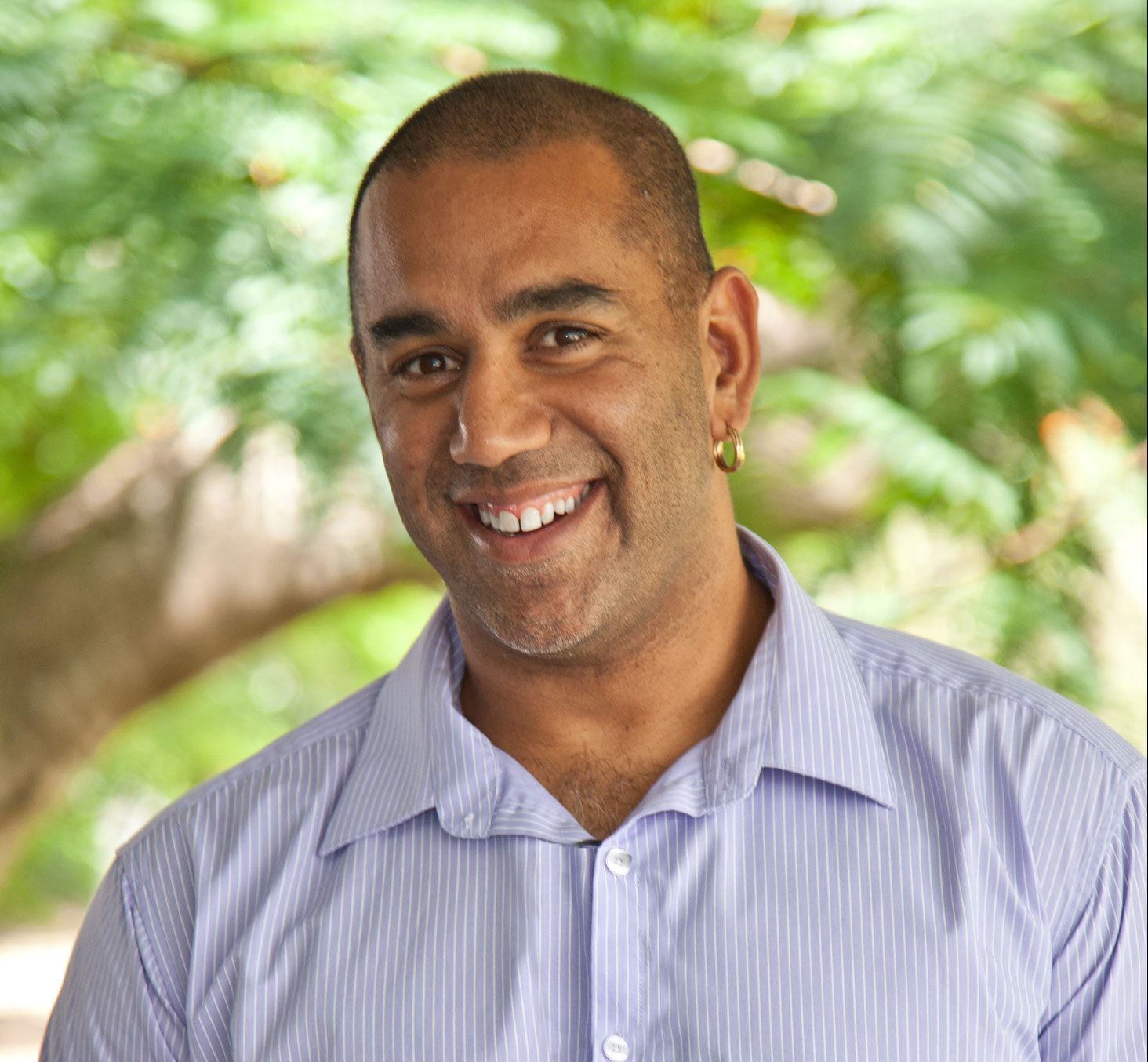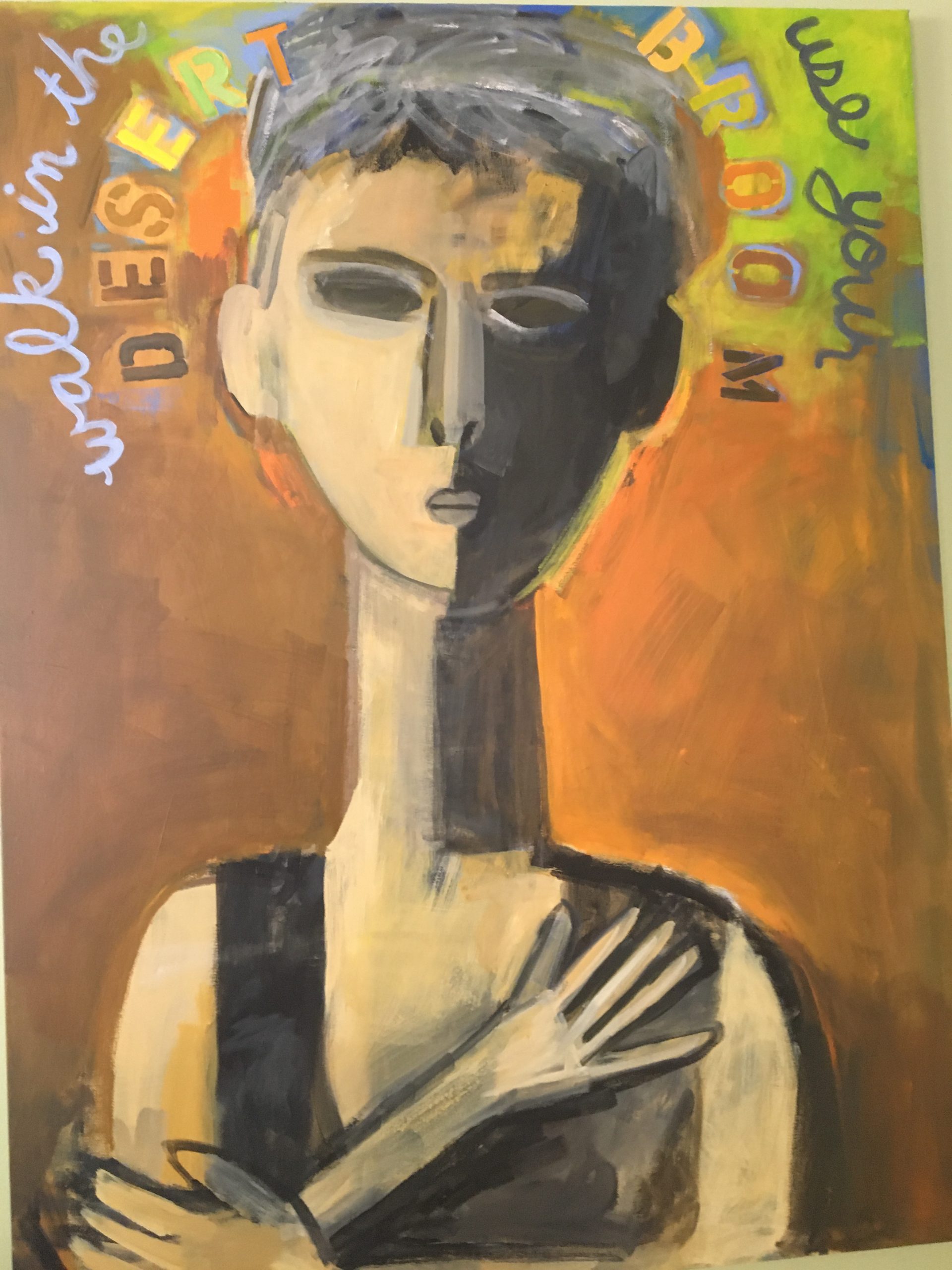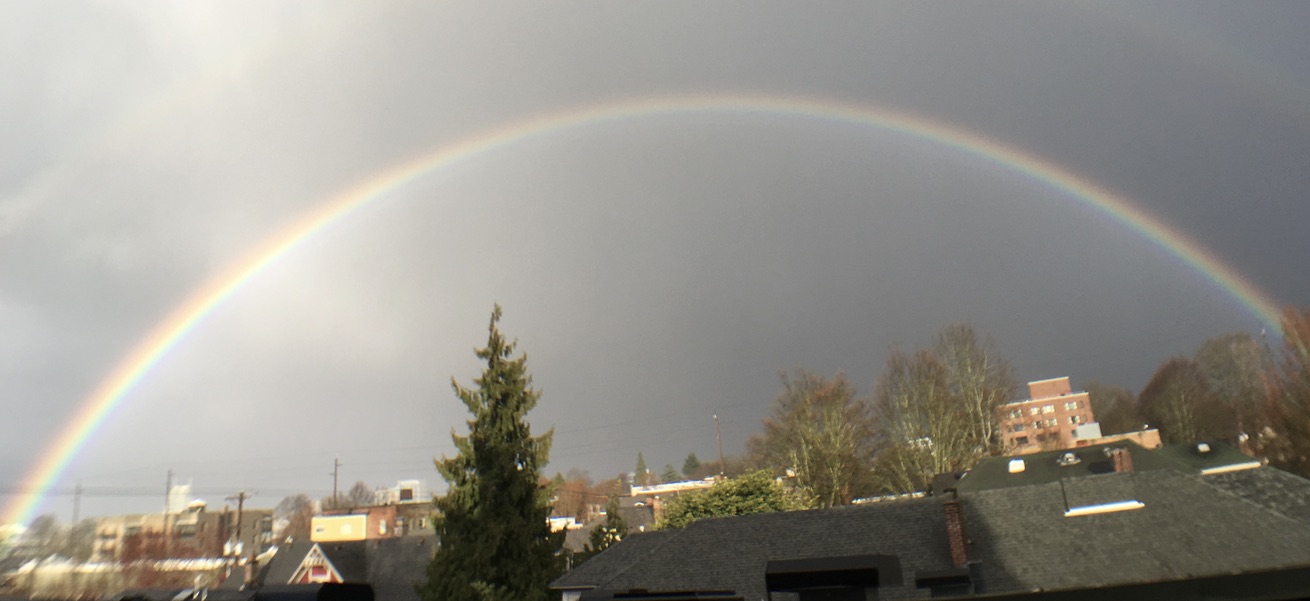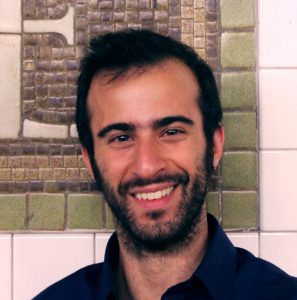Inner voices of Leadership inspired by Black Lives Matter – Errol Amerasekera

The Inner Voices of Leadership: Inspired by my experience at a #BlackLivesMatter march
By Errol Amerasekera
Leadership is a service one offers to others. Therefore as a leader, one has to be mindful to not make things about one’s self. At the same time, leadership also requires us to be authentic, transparent and sometimes perhaps even vulnerable. So it’s always challenging as a leader to model behaviours such as honesty and self-revelation, without going so far as to be self-indulgent. The question which helps me navigate this dilemma is What is purposeful? In other words, how can I take my experience and share it in a way which makes it useful for others, thus making a contribution? But also to do this in a way which does not encroach into the territory of making it too much about myself or being self-indulgent. This is what I am going to attempt to do with this post, so let’s see how I go……
In my last post Does leadership require love? I wrote about the need for leaders to have self-love, because without this, it undermines our ability to lead with and from love. Life is funny sometimes, because not long after I published that post I had an experience which profoundly challenged me in terms of the very thing I was referring to in that post.
When the unconscious becomes conscious
I participated in a #BlackLivesMatter march in Brisbane, Australia in early June which was attended by more than 30,000 people. Once we found our place amidst the masses, I took the opportunity to look around me and really ‘take in’ the moment, the people, the feeling of the crowd. The surprising thing to me was that there were so many white people, especially young white people. But even more surprising was that what they were effectively saying was that the lives of people who look like me matter. It was a feeling I could barely take in; a message I could hardly believe to be true. For much of that afternoon I managed to keep that message at bay; to distance myself emotionally from letting the impact of that message wash over me. But then in moments, I could hold it out no longer; and my heart was flooded with the feeling that all these people, total strangers, mostly white people, were there giving their time, their spirit, holding up placards and chanting slogans saying that my life mattered. In those moments tears would stream down my cheeks.
They were tears of relief; tears of appreciation; tears of healing. My surprising realisation was that this feeling that I somehow mattered was totally foreign to me; it went against so much of what I had been told and taught, through the words and actions I experienced, especially in the early part of my life. So what was once buried somewhere in my subconscious, suddenly bubbled to the surface and coalesced into the realisation that I had a deeply held belief that I did not matter, that what I felt and my experience was not important. So embedded in my tears was both a recognition of this subconscious belief and also a relief that once recognised, the pain associated with these experiences could finally start to be healed.
But where did this belief come from? Who or what authored this story that formed such a strong and deeply held narrative, but also one that I was barely conscious of?
Everyone has a ‘back story’, here is mine…
My parents are from Sri-Lanka. I was born in England and we migrated to Melbourne, Australia in the early 1970s. Not coincidentally, that was not long after the abolishment of the White Australia Policy. As a result, we were amongst the first waves of non-white people to migrate to Australia.
When we moved to Melbourne I was the only brown-skinned kid at my primary school, and one of only a handful of non-white kids at my secondary school. Most kids had never encountered a brown-skinned person before, at least in real life. So from the start I was seen as someone different, as someone who did not belong, someone who was ‘less than’. As a result I was picked on, beaten up, called names, spat on, would have Go home n**ger graffitied on my textbooks. These were regular experiences for me through the latter part of primary school and the first few years of high school. Being shy, introverted and a bit of a nerd who found it hard to make friends didn’t help either, as it only made me more of a target. It wasn’t until I finally hit puberty (I was a late bloomer) and the results from my gym workouts started to pay off, that I developed enough of a physical presence and threat that over time the bullying began to abate. But by then it was too late, the damage had already been done….
I had been given the message so many times that what I was feeling, my experience, and perhaps even my life did not matter, that I now believed that message.
The external messages we receive about our worth, at some point in time, become part of our internal dialogue
American author, theologian and civil rights activist Howard Thurman once said: “If we are despised long enough, we eventually despise ourselves.” What he is eloquently capturing is the dynamic by which if we experience abuse and oppression, then over time we will internalise “the oppressor”. What this means is that the narrative of the oppressor or the bully now becomes part of our psychological landscape and therefore contributes to our inner dialogue. This inner dialogue determines how we see ourselves, what we think we are capable of, and what we believe we are worthy of.
In my opinion, this is what makes abuse, oppression and bullying so insidious. When the world outside sends us the message in multiple ways that our life does not matter, or that we are not important, we can hopefully retreat to the safety and sanctity of a house, our bedroom or perhaps even a family; a space which buffers us from the hurtful voices of the world around us. But once this oppressive voice takes residence within one’s own psyche, there is no escaping its impact. It sits deeply within us and quietly, but with skill and tact, drip feeds messages into our internal dialogue, much like a slowly leaking tap… drip….drip….drip….
Each droplet is infused with self-doubt and self-loathing that over time erodes our dignity, self-esteem and self-respect. And because we cannot help but take ourselves with us wherever we go, those messages become an ongoing and consistent aspect of our internal narratives. Once that voice has made itself comfortable and has resided there long enough, we eventually cannot distinguish that voice from our own thinking, because in reality, that voice is now part of us.
Dynamics from the broader culture also get internalised
And it doesn’t just have to be the messages from our own personal experience of abuse and bullying; we also internalise the messages from broader society and the ‘cultural soup’ in which we all swim. Through their repetitive and subliminal nature, these messages also eventually get lodged within our psyches. And in some ways we cannot help this; the cultural context we exist in has an undeniable and pervasive influence on how we see ourselves. This is as true for how we feel we do or do not fit into and are valued by the broader culture, as it is for how an organisational culture influences our performance, engagement and sense of belonging.
As such, a woman within a culture that still has aspects of sexism in it, is going to internalise some sexism into her inner dialogue and then sometimes assess her worth through this lens. A Jewish person, where there are still elements of anti-Semitism and white supremacy in the culture, will absorb some of those historic and toxic sentiments. In a culture where we rarely see same-sex couples and trans individuals represented in mainstream media, TV and movies, individuals from the LGBTIQA+ community will internalise the viewpoint that they are not valued and included as part of mainstream culture. These are just a few obvious examples, but similar dynamics play out around our education levels, socio-economic status or class, religion, able-bodiedness, etc
Internalised oppression manifests in different ways, but it will manifest…
For each of us, this internalised oppressor will have a different voice; a different way of undermining our self-respect, confidence and self-esteem. This will depend on our unique set of experiences and to what extent we feel seen and valued by the broader culture. But the underlying messages are remarkably similar: You don’t belong here. You are messed up and broken beyond repair. You are worthless. We hate you, get out of here. You are ugly/stupid/insignificant. We are more important than you. We don’t even consider you to be human.
And while, as in my case, we are not always aware or fully conscious of that voice, the way it manifests in our day-to-day existence will be all too familiar – anxiety, stress, self-doubt, eating disorders, self-harm etc. For others of us, we deploy what – on the surface at least – looks like a more ‘functional’ strategy – a driving ambition to succeed. Behind this drive and ambition is the need to feel a sense of power, status and control; experiences which may have been lacking in our earlier years. We are desperate to believe that this success will deliver the ‘ammunition’ that will combat the inner voice which whispers in our ear “You will never amount to anything”.
Of course, no amount of external validation and success is sufficient when what we are really needing is a balm for those hurts and wounds we carry inside and rarely allow others to see. This need can give rise to a compulsive, almost addictive need for success, which of course is not sustainable and is often decoupled from other important areas of life and well-being.
And finally, our inner voices influence our leadership
So what does all this have to do with leadership?
Firstly, as I said previously, in order to effectively lead with and from love, we need to have self-love. We cannot give others what we ourselves do not already have inside of us. And even if you are not a proponent of the belief that leadership requires love (which is perfectly fine), I would suggest that even more agreed-upon leadership traits such as empathy, having influence and relationship building require a mindset and an inner attitude where at least a modicum of harmony and centredness is present. When an internal oppressor is running rampant through the landscape of our psyche, it undermines our ability to create and access those psychological states which are most conducive to optimal performance and effective leadership. Additionally, the emotional energy it takes to wrestle with this destructive inner voice makes us more prone to emotional burnout, “compassion fatigue” and other stress-related syndromes.
Secondly, one of the effects of the “internal oppressor” is that it makes us feel ineffective and powerless, thus reducing our sense of personal power. In my post The power that “trumps” Donald, I discuss how Dr Julie Diamond, author of Power: A User’s Guide differentiates power into different categories. In this context, the most relevant of these are positional power and personal power. When we feel like we lack personal power, we can tend to seek positional power as a compensation. The danger of this is that we can use leadership as a ‘vehicle’ to gain positional power and then, rather than being of service, leadership becomes self-serving and indulgent. As we look around the world of business and politics, we see examples (including some obvious ones) of this. One of the ‘non-negotiables’ of leadership is that it is a service one offers to others. So when leadership becomes self-serving it breaks a cardinal rule, which perhaps calls into question, if it can even be referred to as “leadership” at all?
I know that about now many of you are thinking “Yeah Errol, we get it, but what do we do about it?” But for the time being I’m going to keep you in suspense. For many of us just getting our heads around this concept, and then taking the time to reflect on if and how the dynamics of internal oppression play out in terms of our leadership is a massive undertaking in and of itself. So many of these narratives are buried in our subconscious. Therefore, we need to take time to deeply explore our behaviours and excavate our emotions, especially those more troublesome ones; for they are the portal into our underlying beliefs about ourselves, how society perceives us, and the extent to which we believe our life matters.
So for the time being, I’m going to leave you with that challenge.
First published August 5, 2020 on the Bluestone Edge Blog. Republished with permission.
About Errol
In deciding to narrow his focus to working with elite level sport, he has partnered with Bluestone Edge founder Dr Pippa Grange on a number of key projects, including working with the Australian Olympic swim team after London 2012. He applies his business management experience to sports organisations in Australia and overseas to assist them to manage the complex and competing demands of delivering sustainable high-performance.
He believes that the sporting context provides a powerful forum for transformation in individuals and society by challenging us to continually be the best version of ourselves. He is passionate about creating a safer and more just world for all by mediating conflict, coaching ethical leadership, and facilitating transformation in individuals, elite teams and organisations.
He has a Masters degree in Conflict Facilitation and Organisational Change, B.Sci., B.App.Sci. and is a Diplomate in Process Oriented Psychology.
Errol is a keynote speaker on the connection between leadership, culture and high-performance and the value of a human-centric and relationship focused approach to sustained success.

















